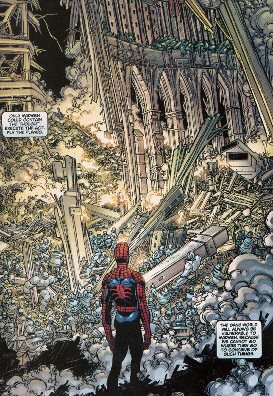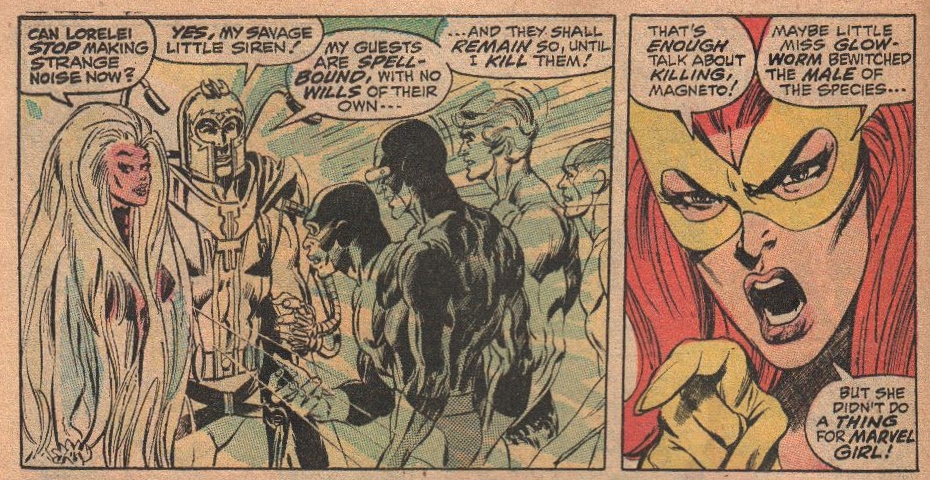We have already covered the evolution of computer and video games and the direct relationship between them and the rise of the ‘nerd’ and ‘geek in society. This week I want to cover a much older topic: Comic books!

First, I begin with a disclaimer: I have never read a comic book. (Oh the horror! you say?) My two closest friends were raised on comic books, and thus have had them ingrained into their lives just like most comic book people. The closest to comic books that I got as a child was watching the old cartoon “Batman and Robin” with my dad on the occasional weekend afternoon. It was enjoyable sure, but keep in mind that I hadn’t realized I was a massive ‘nerd’ until I was thirteen. Everything in this post will be either from friends or the internet.
Comic movies are now some of the top-grossing films of all time. Why? The short answer is that when we nerds love something we LOVE something and are willing to pay the 9+ dollars to see our favorite characters on opening weekend. The long answer will be explained in this post.
The very first comic was created by a Swiss man named Rudolphe Töpffer in 1927. It was called “The Adventures of Obidiah Oldbuck” and had 40 pages all with several pictures captioned with words beneath each. Comic books were introduced to America in 1842 when “Obidiah Oldbuck” was published here. Over time they have evolved into important artifacts in cultural studies as well as art.

Comics often reflect the times in which they are written. The most obvious example of this is Captain America. First appearing in Marvels (then called Timely Comics) “Captain America Comics #1” in 1941, the Captain was a young man, then called Steve Rogers, born during the depression to poor parents who wished to join the military to fight the Nazis during WWII. However, his dreams were crushed when he was rejected by the military due to frailty. When Rogers pleads to be accepted to fight, a U.S. Army General informs him of a top secret program called Project: Rebirth. Rogers accepts and after a few tests is given the “super-soldier serum” and blasted with “vita-rays” emerging as a model of health and fitness. Rogers eventually adopts the name Captain America and goes to fight the Nazis, eventually committing many heroic acts and doing a ton of the good in the world. [1]
Today this reads like a great story, but in 1941 America WWII didn’t reach American shores until December that year with the attack on Pearl Harbor. To children over America picking up Captain America’s stories, they were reading current events. In fact, the Captain was practically American war propaganda. The picture of American blue eyed, blonde haired health, the Captain’s miraculous rebirth was enough to get any boy interested in the glories of war.
Today comics still reflect social and political turmoils.

Given that Spider-man is known to live in New York City the authors included 9-11 in one of their issues. They have also broached social topics such ranging from feminism to homosexuality.
When all the X-Men are paralyzed by Siren, Marvel Girl-Jean Grey is the only one available to stop Magneto’s plans.
The cover of an “Astonishing X-Men” issue in 2012 about the character Northstar who in the issue proposes to his boyfriend. Other well known gay characters include DC’s Batwoman (as of 2006) and Marvel’s Mystique (bisexual via her shape shifting abilities).

Comics are a very valid form of art as well as a cultural study. Comic books are an artform. combining both story telling and spectacular visual imagery. As seen below in the page from DC’s “Fury of Firestorm” you can see that there is a balance between text and artwork. This balance is important in showing the creators preferences and meaning. Some comics are heavy on art while others are heavy on text.
There are two important factors in the creation of a comic: the writer and the artist. The write is the person who creates the characters, the story line, and the plot. The artist, sometime divided up into penciller, inker, and colorist, supplies the vision. Both are equally important as their existence is what the advent of a comic depends upon. Very few comics have the perfect match of a great writer with a great artist.

(This is a sample page just to show layout. There is much more beautiful artwork and text work out there please look some up, some of it is soul moving)
This cultural and artistic importance in our society today can be related to the influx of superhero or comic book movies recently. I can only hope that these movies continue to be part of our pop culture because comics truly have a lot of good to say about our world.
[1] http://www.marveldirectory.com/individuals/c/captainamerica.htm











